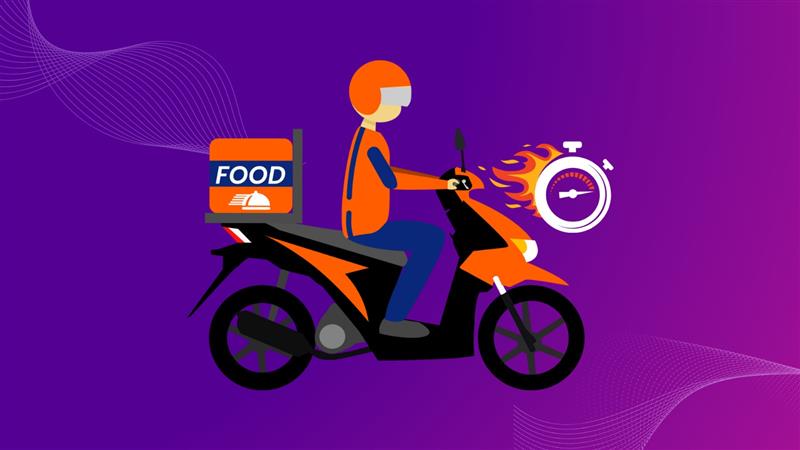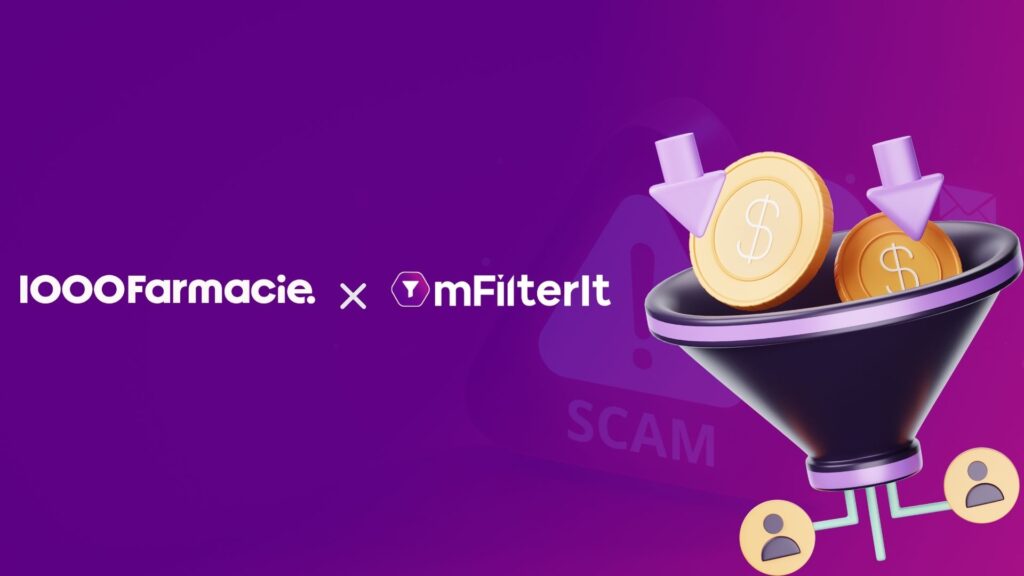The rules of the game remain the same. Just the battleground gets shifted from the home page to the category page on the eCommerce marketplaces. Brands often pay less heed to what goes on the category page. The key focus area of the brands remains to be getting more discoverable on keywords and optimizing the Product Detail Page (PDP) performance. Yet banners on the home and category pages remain a key focus as brands spend heavily on them and drive most of the purchases.
Let’s dig deeper into why category pages are so important and find out why brands need to keep a close eye on the eCommerce banners of their brand and competition.
Table of Contents
ToggleWhy Do Brands Need to Monitor Category Pages?
Brands need to monitor category pages to make sure their products are present for shoppers looking to shop under a specific category. Most of the online marketplaces on the main category page publish dynamic banners featuring enticing offers and exclusive products. These banners take shoppers to brand-specific pages or the product on the eCommerce platform. It displays what the brand has to offer.
Here are a few things that brands need to monitor:
Browse share of the brand on category pages:
Monitoring the browse share helps brands understand how often their products are being viewed or browsed by customers within a specific category. It provides insights into the brand’s visibility and popularity compared to competitors. By tracking the browse share, brands can identify trends, measure their performance, and make data-driven decisions to improve their market position.
Tagging of products:
Categories and subcategories serve as organizational structures for products on e-commerce websites. Proper tagging ensures that products are correctly grouped and displayed within relevant categories, making it easier for customers to find what they are looking for. Monitoring the tagging of products helps brands ensure accuracy and consistency, which enhances the overall user experience. It also helps prevent instances where products may be misplaced or hidden within incorrect categories, potentially leading to lost sales opportunities.
Category Page Banners:
Banners on the category page are the best way for shoppers to get an exclusive look at offers in categories and sub-categories. The offers on the banners lead the shopper to brand a specific collection of products. These banners offer products featuring Blockbuster deals, Top offers, Hottest trends, etc.
Perks of Monitoring Category Pages
By monitoring category pages, brands can optimize their product placement, identify opportunities for improvement, and enhance discoverability. This, in turn, can positively impact their visibility, conversion rates, and overall customer satisfaction. It also allows shoppers to check out more products from the brands. Let’s elaborate a bit on some of the key perks.
Banner Placement
Banner placement on the category page is crucial for attracting shoppers’ attention and driving engagement. Ideally, banners should be prominently displayed at the top of the page or in a visually prominent location that ensures shoppers easily notice them. Placing banners strategically, such as above the fold, can increase visibility and click-through rates.
Tracking Banner Presence vs Competition
When considering banner presence compared to competitors, it’s essential to ensure that your banners stand out and provide a unique value proposition. Analyze what your competitors are doing in terms of banner design, messaging, and offers. Aim to differentiate your banners by offering exclusive deals, showcasing popular products, or highlighting unique selling points that set your brand apart.
Promo Offers & Pricing Strategy
Promo offers and pricing strategy should be aligned with the objectives of the banner campaign. Determine the specific offers you want to promote through the banners, such as blockbuster deals, top offers, or trending products. Consider competitive pricing strategies, such as discounts, bundles, or limited-time promotions, to entice shoppers to click on the banners and explore the brand-specific collection of products.
Automate Banner Performance Monitoring
To ensure banner effectiveness, it’s important to monitor their performance regularly. Consider automating this monitoring process via digital commerce intelligence – banner analysis that provides real-time data and insights. Regularly analyze the performance data to identify areas of improvement and make data-driven decisions for optimizing banner performance.
Identify Keywords
Brands need to identify if banner keywords resonate with their target audience. Search terms and keywords related to the category, sub-categories, and brand must be monitored regularly. Incorporate high-performance relevant keywords into the banner copy, headlines, and calls-to-action to increase visibility. This can improve the chances of your banners appearing in relevant search results.
Strategy for Theming Model
The theming model for banners on the category page should align with the overall brand identity and the specific theme of the category. Consider factors such as seasonality, trends, or special events when planning the banner themes. Create visually appealing and cohesive designs that match the overall aesthetic of the category page. Additionally, ensure that the theme aligns with the targeted audience’s preferences and interests to maximize engagement and conversions.
Final Thoughts
The category page on the eCommerce platforms holds value for brands as it puts them face to face with their competitors in terms of promo offers, best best-selling products and takes the interested shopper to their brand-specific page where it may end up buying more from the brand. The core competency that the brand needs here is to optimize banner performance. Monitoring category pages and enhancing the browse share opens the opportunity for brands to take the shopper to an exclusive brand page. Brands need to ensure their brand banners do not get lost among the flurry of banners on the category page. The browse share of the brand needs to be measured across categories, subcategories, and variants. Contact us to know how your brand can optimize product performance with mFilterIt, digital commerce intelligence.









